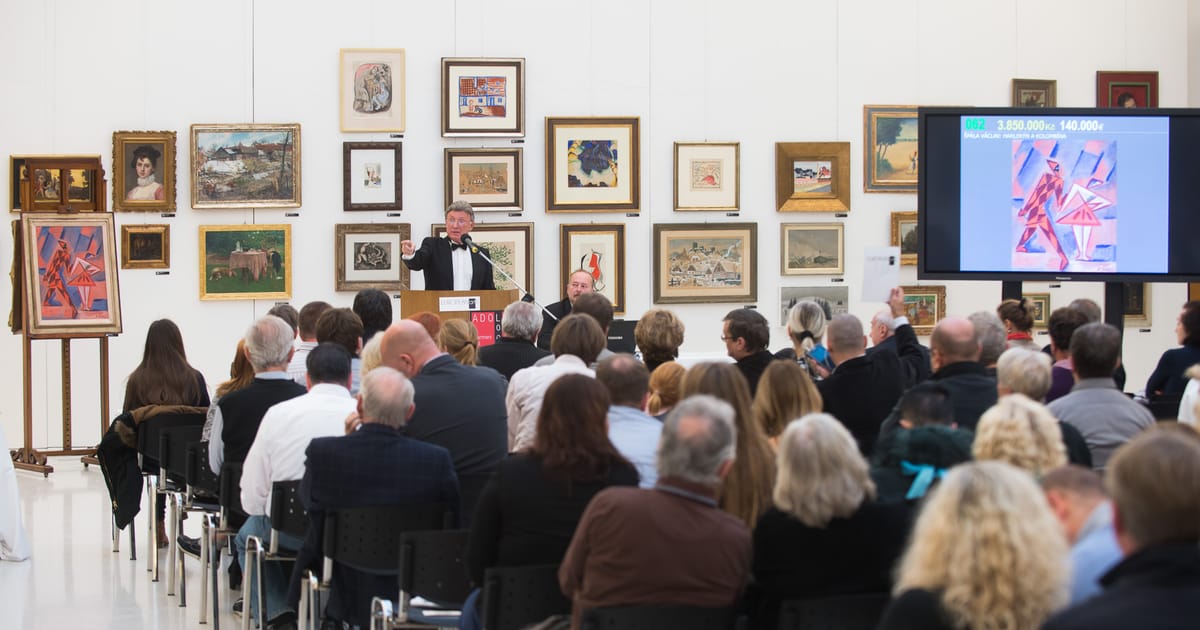The Paler King I
2019 - Textile (Textile)
170 x 100 cm
Egle Jauncems
The title of this work by Egle Jauncems, The Paler King I , is taken from an unfinished novel by the late David Foster Wallace called The Pale King, published posthumously in 2015. Jauncems notes that the book is fragmented, following unrelated characters struggling with ennui and depression, navigating the pressures of modern reality. In her art practice, Jauncems has been interested in the lives of powerful and influential men for many years. She sees her artwork as representations of “tired, bored and exhausted figures trapped in complex artificial worlds.” Made from remnants of canvases or woven works, some of her own and some salvaged from fellow artists, The Paler King bears a motif resembling an inverted fleur-de-lis, a regal symbol, among the tattered materials that hang down in a bedraggled manner. Jauncems has always been interested in symbols of imperial and regal power and is particularly fascinated by Ingres’ portrait of Napoleon complete with imperial trappings. The torn remnants hang from a rod like exhausted garments. The elements are not in a fixed position and can be rearranged at will. Thus the work remains in an ‘unfinished’ state, like Foster Wallace’s book. The sense of disrepair in the fabrics also calls to mind the clothing of unfortunate people who have fallen from safe positions into destitution. Or perhaps to the scraps they put together to cover themselves in place of blankets to keep warm. The work underscores a sense of destitution so commonly found in our society, and in particular, at the margins.
Egle Jauncems’s practice considers the relationship between painting and textile art. For many years she has used a combination of weaving and painting to examine the long standing relationship between these mediums and their nuances more deeply. Jauncems’s work often engages with power dynamics, and in particular powerful men and how they are portrayed in painted portraits. In addition, she is interested in recycling or preventing materials from going to waste.
Colors:
Related works sharing similar palette
» see more

© » KADIST
Alexandra Pirici
Furthering Alexandra Pirici’s enquiry into the economy and circulation of artworks, Parthenon Marbles is an immaterial version of the sculptural ensemble embodied by five performers...

© » ARTS EQUATOR
Mass inclusion: thoughts on Teo Yeo Yenn’s ‘This is what Inequality looks like’ (via Dumbriyani) | ArtsEquator Thinking and Talking about Arts and Culture in Southeast Asia ArtsEquator Radar August 1, 2018 In recent days, I have been absorbed heavily into a book my wife brought home from Kinokuniya...
Related works found in the same semantic group
» see more

© » KADIST
Cyprien Tokoudagba
In a style that is unique of Tokoudagba, he evokes the kings, gods and their symbols related to the earth, water, air and fire, usually on a white background...

© » KADIST
Meschac Gaba
2010The headdresses, woven from artificial hair braids, symbolize historical icons including Martin Luther King, Kwame Nkrumah, Fela Kuti and King Guézo of Dahomey...

© » KADIST
Nguyen Phuong Linh
2016Set in the haunting space of an ex-colonial rubber plantation in Central Vietnam, Phuong Linh Nguyen’s film Memory of the Blind Elephant is a tender portrait of the complex economies of interspecies trauma and resilience in the face of continued extraction and destruction...



